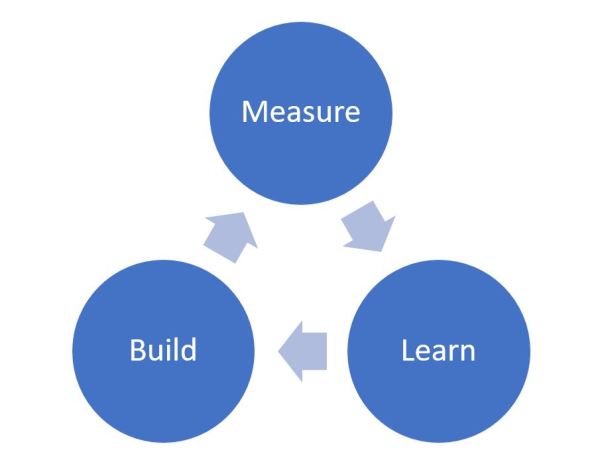How would you go about launching a new startup?
You could take the traditional approach: survey your target market, write a business plan, register the startup, find an office location, fund the startup, build a product, and ship it to the market. Then hope that it does good numbers, and eventually arrives at break-even sooner rather than later.
Read more about Business
If you take this path, you’ll probably spend a lot of money before your product even begins to make decent sales—if it ever does. There’s always a good chance that your spending on it will come to naught. No one wants their baby startup to end up like this, but it happens more often than not.
Here’s another way to set up a startup: go the lean route. Instead of pouring tons of money and effort at the start, you could just make the simplest possible version of your product, and spend little cash marketing it. Then you get feedback from this exercise and make improvements based on them.
You could go on and on with this process. What you’ll get from it is a product that’s built based on what your target market wants, with no assumptions made. It’s a brilliant recipe for success.
The Lean Startup Defined
The second option we just described is called the lean startup methodology.
The idea comes from a now-famous book written by Eric Ries, a Silicon Valley entrepreneur, and published in 2008. It’s a different approach from how we’ve typically built businesses, in that it begins with the bare-bones of a product, and develops the product based on data from its performance in the market.
That ‘bare-bone’ is called a Minimum Viable Product (MVP). It’s the most basic version of a product, one that simply solves the core problem that a buyer purchases it for. There are no additional features.
Here are a couple of examples of an MVP:
Example 1: Facebook’s MVP
Facebook began as Thefacebook, an online directory for students at Harvard University, where its founders (including Mark Zuckerberg) were students. People who used the directory could search for people at their school, find out who was in their class, and learn who their friend’s friends were.
Compared to what is now Facebook, this early version was quite simple. But it worked. More features were added later on, as the need for them became apparent.
Example 2: Amazon’s MVP
Jeff Bezos started Amazon as an online catalogue of books. People who wanted one of those books would place an order, and Amazon would purchase it from a distributor and ship it to them. As time went on, Amazon began selling more product types, bought warehouses, and made the website tailor itself to each unique visitor. Today, Amazon is a global retail giant.
In both these cases, the companies began as startups offering a simple product and scaled as they gained a greater knowledge of what their customers wanted.
Find our comprehensive listings of businesses in Nigeria here https://businesses.connectnigeria.com/
Steps To Building A Lean Startup
If you’re convinced of the benefits of building a startup the lean way, here are three steps to making it happen.
Step 1: Design Your Minimum Viable Product
Before you set out to build your MVP, you should understand the problem that it will solve. Ask why the problem exists, who it affects, and how it manifests in the lives of your potential customers.
Also, examine how your potential competitors—the existing solution providers in your niche – are solving the problem in question. You will aim to come up with something that tackles the problem better than what they offer.
Decide what features your MVP must have. What things can your simple product not do without? You may do this by listing out all the possible features your product could have, and progressively striking off the ones that aren’t essential until you get to the very basic ones.
Step 2: Build And Launch Your MVP
This process is about bringing your MVP design to life. Remember that what you’re building here is a prototype, not the final product. What you’re aiming for is something that you can push out to the market as soon as is possible, without compromising on product quality.
You don’t even need to have an actual ready-made product. Some lean startups have gotten the feedback they want simply by presenting their audiences with demos. A good example of this is Dropbox, which pitched the idea of a public cloud storage solution to their potential customers.
You may want to have a budget for marketing your MVP. But it shouldn’t be something big; just enough to enable you to reach a small but representative segment of your ideal market.
Step 3: Work With Feedback
Feedback could come in various ways. The number of relevant orders or conversions you get for the MVP within a trial period could either exceed or fall short of your expectations. Make sure those expectations are realistic in the first place. Then decide whether or not there’s a solid demand for the MVP.
You may also learn what customers would want by examining how they’re using your product.
Continue to collect and analyze data from the market’s reception and use of your MVP, and implement the changes they indicate that you ought to make. Carry on with this, and you’ll soon have a product that’s in pole position to succeed.
Final Words
There are lots of advantages to launching and running your startup the lean way. It’ll let you understand what your customers want, fashion products according to their preferences, and scale smartly—all on a minimal budget.
Featured Image Source: Tech Collective
Got a suggestion? Contact us: [email protected]

